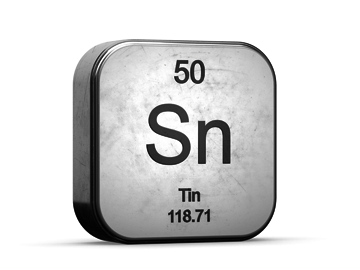THE PERFECT TECHNOLOGY FOR EVERY SURFACE
»The combination of reel-to-reel and single-part electroplating with a high quality standard and to our customers’ great satisfaction makes us stand out from the crowd.
We support customers from the early phases of new electroplating projects with our state-of-the-art prototype system right through to subsequent series production.
To meet the requirements of the dynamic markets, we focus on the technological system development and automation of our production lines with the latest analysis methods.
WE CAN PLATE YOUR PRODUCTS WITH THE FOLLOWING PRECIOUS METALS
Fine gold

(silk-matt gold layer with 99.9% purity)
- Ductility (good formability)
- hardness 50-100 HV
- good solderability
- good bondability
Hard gold

(Gold alloy with 0.2-0.3% cobalt, nickel or iron)
- Improved wear
- higher hardness 140-200 HV
- poor ductility (deformation => cracking)
- Solderable
Sandwich nickel

(deposition of bright nickel over semi bright nickel)
- no sensitivity to touch (optics)
- ductility =>better formability than bright nickel
Semi bright nickel

(matt deposited nickel layers)
- hardness approx. 330 HV
- slight sensitivity to touch (optics)
- ductility =>better formability than ni-brightness
Bright nickel

(Bright deposited nickel layers)
- Hardness approx. 450 HV => good wear resistance
- insensitive to touch
- Ductility =>worse formability than semi bright nickel
Bright tin

(Bright deposited tin layers)
- Friction wear =>low mating cycles better than matte tin
- Hardness approx. 25 HV
- Ductility =>deformability worse than semi bright tin
Semi bright tin

(Semi bright deposited tin layers)
- high friction wear =>low mating cycles
- hardness ca.10 HV
- high ductility => good deformability
- sensitive to grip
Palladium nickel

(alloy deposition with 80% Pd / 20% Ni)
- less expensive than pure palladium
- poor ductility (deformation => cracking)
- hardness 560-600 HV
Pure palladium

- poor ductility (deformation => cracking)
- hardness 280-350 HV
Semi bright copper

semi bright deposited copper layers => cyanide)
- Adhesive layer
- Barrier layer
Hard silver

(Ag alloy with approx. 0.1% lead, bismuth, antimony, arsenic or tin)
- Good abrasion resistance
- Hardness 120-150 HV
- uniform, shiny surface
- good friction wear (better than bright Ag)
- good fretting corrosion behavior (better than bright Ag)
- low contact transition resistance
Bright silver

(bright deposited silver layers with 99.9% purity)
- high ductility (good formability)
- hardness 80-100 HV
- increased friction wear (better than semi bright silver)
- poor fretting corrosion behavior
- (better than semi bright silver)
- tendency to cold welding
- good solderability
Semi bright silver

semi bright deposited silver coatings with >99.9% purity (bond application)
- high ductility (good formability)
- hardness 60-80 HV
- high friction wear
- poor fretting corrosion behavior (fretting)
- tendency to cold welding
- good bondability
- good solderability
